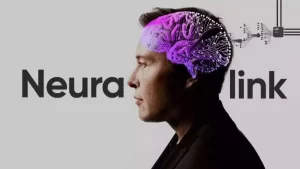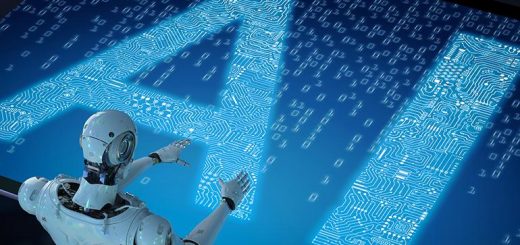Neuralink advantages, disadvantages and Where is Neuralink implanted?
Neuralink is an implantable brain-computer interface, It can help people with paralysis, blindness, or other neurological conditions regain control and lost abilities by directly interfacing with the brain.
Neuralink
Neuralink develops implantable brain-computer interfaces (BCIs). These BCIs are called “Links” and are surgically implanted chips that can record and stimulate brain activity. They can create a seamless connection between the human brain and computers.
The Link is completely embedded and invisible, It can pick up brain signals and transmit them wirelessly to a device. Neuralink can target people with paralysis, It can restore motor function and allow them to control computers or mobile devices with their thoughts. There’s potential for treating neurological disorders and, in the long run, human enhancement.
Neuralink is a powerful technology with the potential to improve lives and redefine human capabilities. Neuralink‘s current and potential applications can be broadly categorized into two areas: medical and human augmentation.
Medical Applications: Neuralink’s primary focus is on helping people with paralysis or neurological conditions regain control over limbs, prosthetics, or communication devices. By reading and interpreting brain signals, the chip could translate thought into action. The technology might provide new avenues for treating conditions like Parkinson’s disease by stimulating specific areas of the brain.
Neuralink can help people with paralysis, blindness, or other neurological conditions regain control and lost abilities, By interpreting brain signals, Neuralink could allow users to move prosthetic limbs or other assistive devices just by thinking about it. The chip could help people who are unable to speak communicate through a brain-computer interface.
Human Augmentation: Neuralink envisions a future where the chip allows for seamless communication between the brain and computers, potentially bypassing traditional interfaces like keyboards or voice commands. The chip could be used to enhance memory, learning, and decision-making by providing users with additional information or stimulating certain brain regions.
Neuralink advantages
BCIs are surgically placed in the brain to directly record and stimulate brain activity. The device is called “the Link”, It is a small chip that is embedded in the brain, It can pick up signals from the brain and transmit them to a computer.
Neuralink has the potential to revolutionize treatment for neurological conditions. It could restore lost function for people with paralysis, blindness, or other impairments, offering a new level of independence. For individuals who struggle to communicate due to conditions like ALS. Neuralink could provide a direct brain-computer interface for them to express themselves.
Neuralink envisions enhancing cognitive abilities like memory and focus, Imagine moving a robotic arm or leg just by thinking about it. People who are unable to speak can communicate through a brain-computer interface.
Neuralink’s technology might be a tool for treating conditions like Parkinson’s disease by directly stimulating specific areas of the brain. Neuralink could revolutionize how we interact with computers and devices. Imagine controlling objects or software directly with your thoughts.
Neuralink Disadvantages
Brain surgery is a serious procedure, and Implanting a device in the brain is a serious medical procedure with inherent risks of infection, bleeding, and damage to brain tissue. The long-term effects of these implants are still unknown.
Brain-computer interfaces raise serious privacy concerns. What data is being collected from the brain? Who has access to it? Hacking such a device could have devastating consequences. Who controls the data collected by the implant? Could it be used to manipulate people’s thoughts or behavior?
Neuralink technology is currently expensive and requires complex surgery. It may not be readily accessible to everyone who could benefit from it. There’s a concern it could exacerbate existing healthcare disparities.
Neuralink implants could be vulnerable to hacking, potentially allowing access to a person’s thoughts and actions. The long-term effects of brain-computer interfaces on the brain and human development are unknown. The misuse of Neuralink is a major concern. Could brain-computer interfaces be used for mind control or social manipulation?
Implanting devices in the brain raises ethical concerns and requires careful consideration of potential risks. Current technology can’t decode individual neurons perfectly, so the chip may only be able to read broad signals for now, The long-term effects of brain chip implants on human health and well-being are still unknown.
You can subscribe to Science Online on YouTube from this link: Science Online
You can download the application on Google Play from this link: Science Online Apps on Google Play
Robotic Surgery vs. Laparoscopic Surgery, Robot-assisted surgery features, benefits & drawbacks
Surgical robots types, advantages, disadvantages, How is robotic surgery different from traditional
Healthcare robotics, Nursing care robots review, types, advantages, disadvantages & uses
Robot-Assisted Heart Surgery types, benefits, risks, Robotic heart vs. open-heart surgery
Interventional radiology types, Robotic endovascular systems advantages & disadvantages




